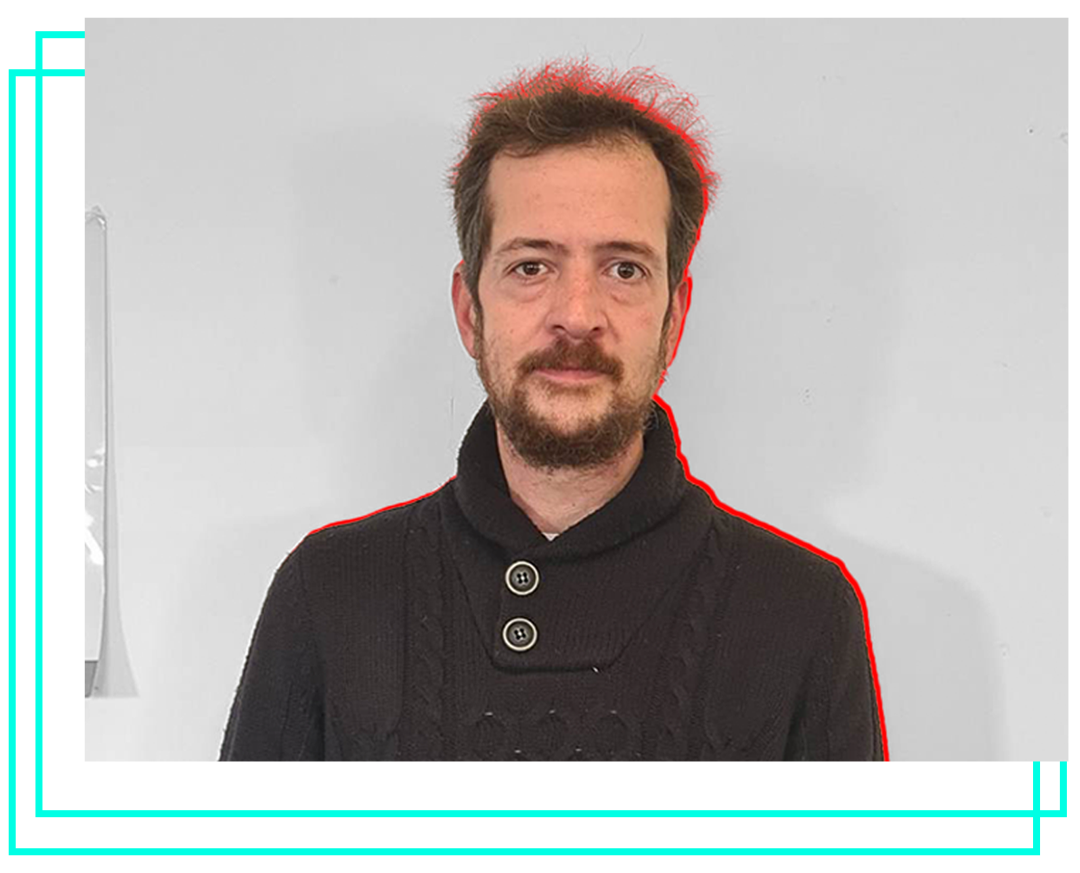DR CONSTANTIN CONSTANTINIDES. RF ENGINEER, ALBA ORBITAL
Dr. Constantin Constantinides received his PhD in signal and image processing from the Telecom ParisTech School of engineering, Paris, France in 2012 and his masters’ degree from the ESME-SUDRIA School of engineering, Ivry-sur-Seine, France in 2008. From 2012 until 2014, he was a research associate at the ESME-SUDRIA school of engineering and, from 2015 to 2016, he was an assistant professor at the Heriot-Watt University in Edinburgh.
His contribution in the image processing field involves segmentation on MR Images with active contour models and the supervised and unsupervised evaluation of such segmentation methods. His work in antennas involves original contributions including beam-steering leaky-wave antennas, textile antennas for search and rescue, miniaturized antennas for Nano satellites and retro-directive arrays.
He now works as an RF Engineer at Alba Orbital, the world’s leading PocketQube Manufacturer and Launch broker, and is a part of the Spacecraft manufacturing team.
Presentation Synopsis:
“UNICORN-2: DATA FROM ORBIT”
As Alba Orbital and the picosatellite community continue to develop more refined and more advanced versions of PocketQubes, more and more data is being collected from satellite telemetry provided from ground stations around the world as well as the launch providers themselves and institutions such as Celestrak [https://celestrak.org/]. This data helps analyse the satellite’s behaviour both during deployment and mission lifetime and is vital to the improvement of the PocketQubes in terms of performance and durability in space. Data such as telemetry is collected faster and more efficiently having multiple ground stations around the world which, if automated, can collect data on multiple passes and multiple satellites per day. More data collected faster allows for a quicker study of the behaviour of these picosatellites in space. We will be presenting here a small analysis of the data collected from the Unicorn-2 satellites as well as how going from a semi automated to a fully automated ground station greatly improves data collection in the case of the Unicorn-2 satellites.

